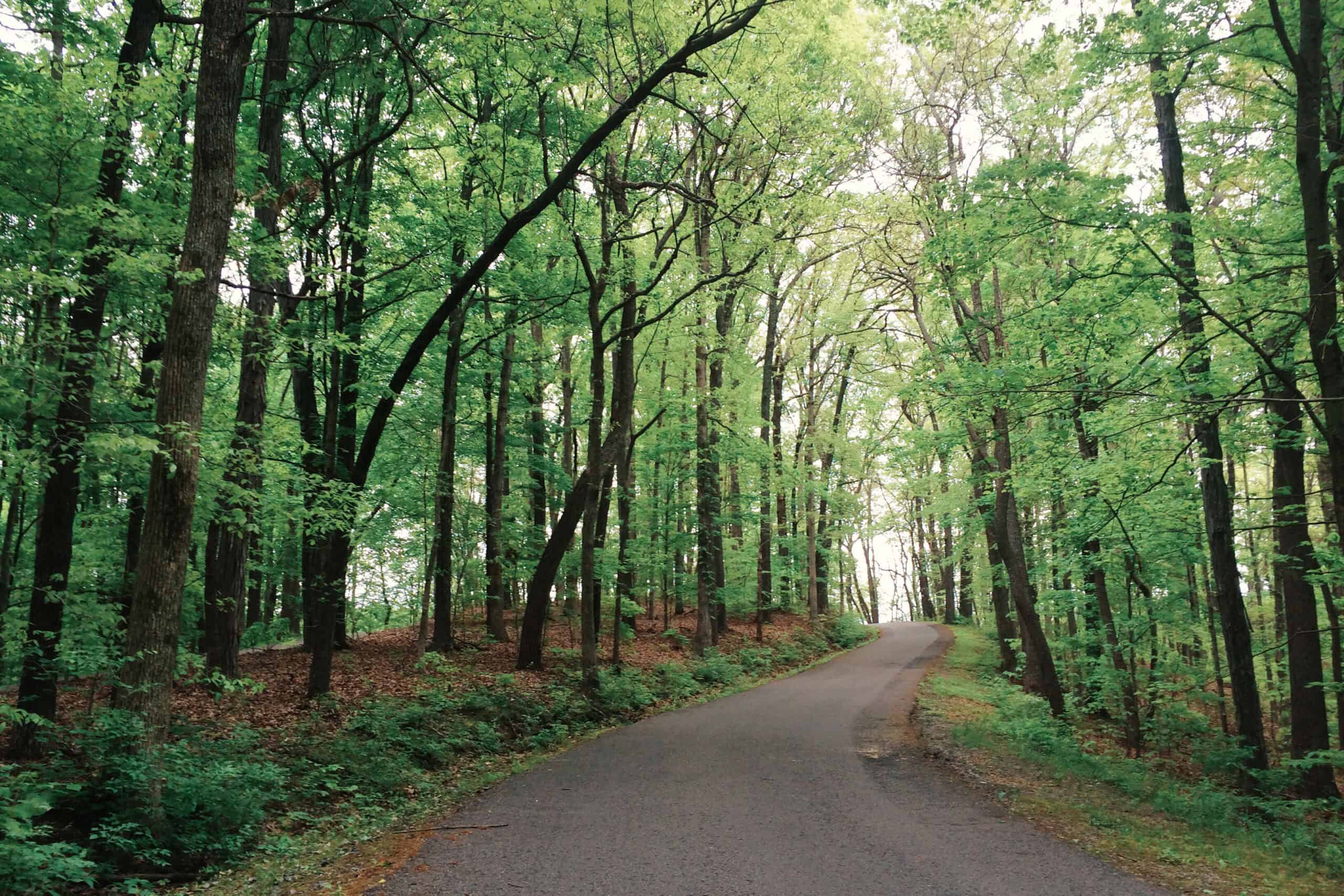Share this article
Q&A: David Steen, giving snakes a voice
Sometimes he’s identifying snakes from tweeted pictures. Sometimes he’s reaching out to the public to increase awareness — and ease people’s phobias — of snakes.
To his colleagues, David Steen is a herpetologist — a member of the team that discovered the reticulated siren (Siren reticulata), one of the world’s largest amphibians, in Alabama and the Florida panhandle. To his social media followers, he’s “the best biologist on Twitter” due to the work he does connecting the public with wildlife.
During the day he’s a wildlife biologist for a state agency in Florida, but on nights and weekends he communicates science as the executive director of The Alongside Wildlife Foundation, an organization he founded in part as a home for the outreach activities that he’s been doing for years. He recently compiled the fruits of his research and experience dealing with the maligned reptiles into his new book, Secrets of Snakes: The Science Beyond the Myths.
How did you become a wildlife communicator?
I was trained as a wildlife researcher, and that’s been the focus of my education and career. But early on, I realized that there’s not a lot of point in studying and trying to conserve these creatures if no one knows anything about them, nobody cares, and nobody knows what you’re doing. That’s one of the reasons I started spending time doing outreach to a lot of non-scientists about science — snakes and reptiles in particular.
Why do reptiles need an advocate?

A copperhead snake (Agkistrodon contortrix). ©Andrew Adams
I think anyone that’s had a conversation about snakes with a family member or neighbor knows that they could use a lot of help in the public relations department. They’ve really got a bad reputation and they are really misunderstood. Not many people appreciate these animals, but they’re suffering from a lot of the same problems that every other group of animals faces, and many are of conservation concern and are declining.
The main one is habitat loss. Whether we’re talking about draining a wetland for irrigation, clearcutting a forest or developing and paving over a field, these are all common ways that we are wiping out snakes and overall reducing the amount of space that’s available to them.
How is disease affecting snakes?
Even where there is suitable habitat, there are these mysterious threats that are killing off individuals with the possibility of decreasing the populations. Snake fungal disease is one of those threats that’s been getting a lot of attention lately. We don’t really know the scale or size of the snake fungal disease, but it’s been generating a lot of concern.
Your new book clears up some of the myths about snakes. How does this help with snake conservation?
I see this book as the culmination of over a decade of science communication about snakes. It started with my blog many years ago, and I’ve been talking to many people about snakes — thousands and thousands of people for many years. I think that has allowed me to get a lot of insights about what people are confused about, what they don’t understand, and what they are interested in. It’s that kind of insight I’ve used to inform the book. Each chapter is a myth or a misconception that I learned at some point from listening to people. I think everyone will learn something, even if they’re not enthusiastic about snakes, maybe they’ll learn something new, and maybe they’ll be put at ease about these reptiles that they are living alongside.
What are some of the dangers, or potential problems if people mistake snakes?

David Steen, executive director of The Alongside Wildlife Foundation. ©Amanda Hipps
Both people and wildlife are better off if we have a good solid understanding of the animals around us. That was the motivation behind my outreach philosophy. I think people are always looking at tips and tricks, especially when it comes to distinguishing venomous and nonvenomous species. I think these tips and tricks, when you put them into practice, they’re not really rules. They’re just characterizations, and the context is often lost.
Hopefully people are going to be better at identifying snakes, including the ones that are potentially dangerous, after reading the book. Another point I make in the book is that even if it is a venomous snake, trying to kill it or capture it is probably a lot more dangerous than trying to observe it from a distance.
What do we stand to lose if these animals disappear?
If you view ecosystems as comprised of their parts, then anytime you lose a single part, you’re really losing that ecosystem.
We’re also losing the opportunity to go out and experience these animals as any birdwatcher would go out and watch a bird. We want to be able to do that with snakes, too.
Of course they provide vital ecological roles as predators and prey. People are also studying them to learn about drugs that can help treat human disease.
But aside from all that, I don’t think we should measure the worth of an animal based on its value to us. They are the result of billions of years of unique evolution. I’d say they have an innate right to be around, and we have an obligation to make sure that our activities aren’t inconsistent with their existence on the same landscapes.
Header Image: Two cottonmouths (Agkistrodon piscivorus) fighting in a swamp. David Steen believes that better communication about these snakes can reduce human-wildlife conflict. ©Buddy Rogers








